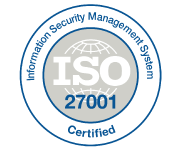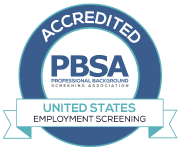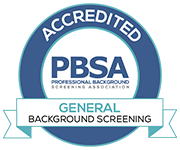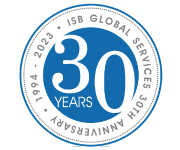Distracted Driving
Charlie Charalambous
There are a wide variety of hazards that drivers face every day. These include changing road and weather conditions, pedestrians, road construction and more. Whether you are driving to go to work or driving as a profession, hazards can pop up at any given time. Driving requires us to be focused and attentive because things can change very quickly when you are travelling at high speeds.
With all of the potential dangers out there is it worth adding additional distractions? According to the OPP, distracted driving was the number one cause of deaths last year on Ontario roadways with 65 fatalities. This surpassed speeding, seat belt and alcohol-related deaths across the province. Recently, the OPP launched a distracted driving campaign during March Break and issued over 2400 tickets during that time frame.
When we talk about distracted driving, many people think of cell phones and texting, however, there are many other types of distractions as well. These include adjusting the radio in your car, drinking, eating and even grooming. Technology in vehicles can make them more appealing and marketable but at the same time can also encourage additional distractions.
I believe that the message will eventually get across to motorists. Just like back in 1976, when Ontario required vehicle occupants to wear seat belts. Today, most drivers instinctively strap-in as soon as they get into their car.
In the meantime, I would suggest that companies find ways to educate and coach their staff on the dangers associated with distracted driving. There are a variety of courses, both in-class and online, that organizations can invest in to help get the message across. There are even many free resources available online such as public service announcements, posters or literature that are readily available for you to share with your staff.
For both existing and new employees, I would also recommend having your drivers complete a driver safety personality profile. Included as part of the Making Eligibility Easy (MEE) platform, this online assessment provides employers with a driver safety quotient score, primary driving traits and even a validity score to ensure that the participant was honest in their answers. Some of these traits will help you assess whether the driver is distractible, anxious, impulsive and more. It will also provide you with some interview tips to help with coaching a driver in these areas. Tools like this help demonstrate that organizations are concerned about safety and want to work with their employees to ensure they are focused while on the road.
Remember, any distraction that takes your attention away from the principal task of driving should be considered a hazard.




